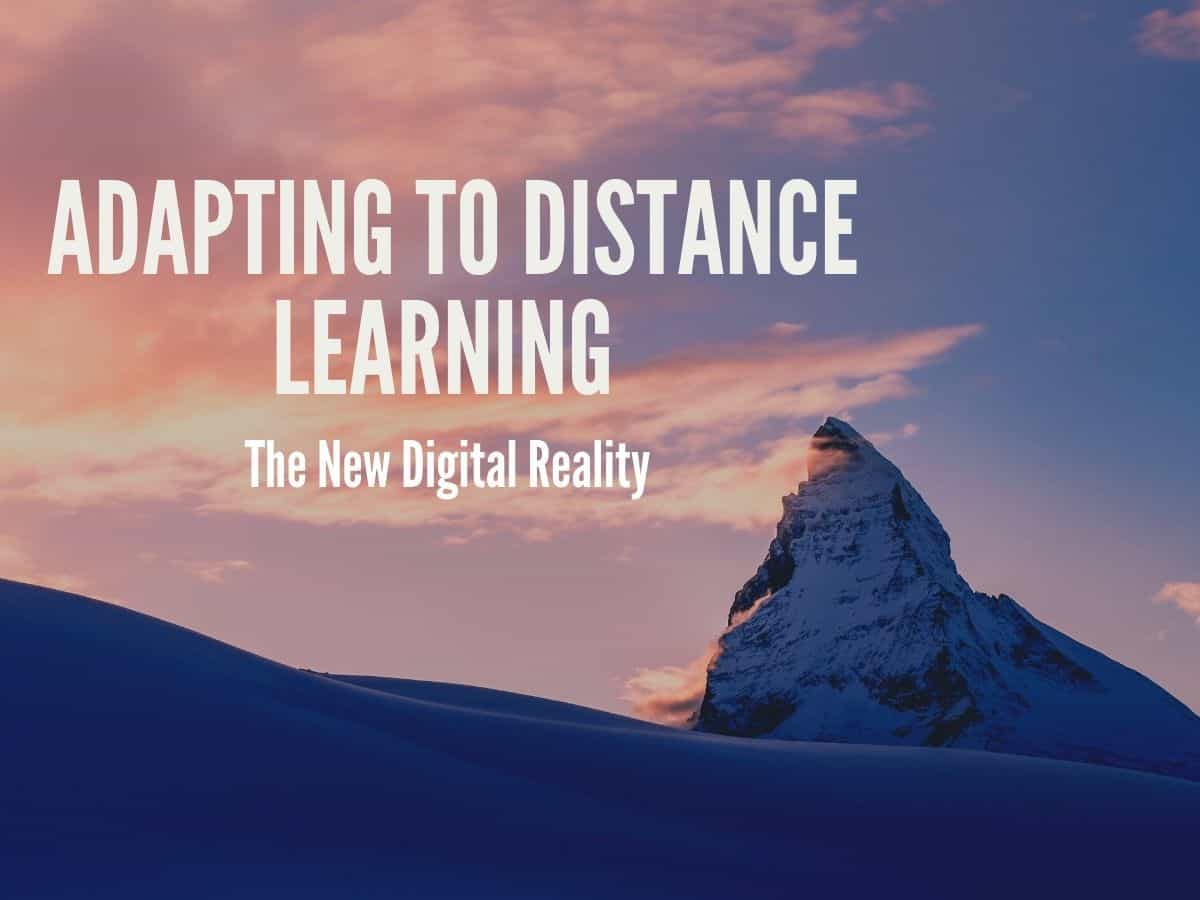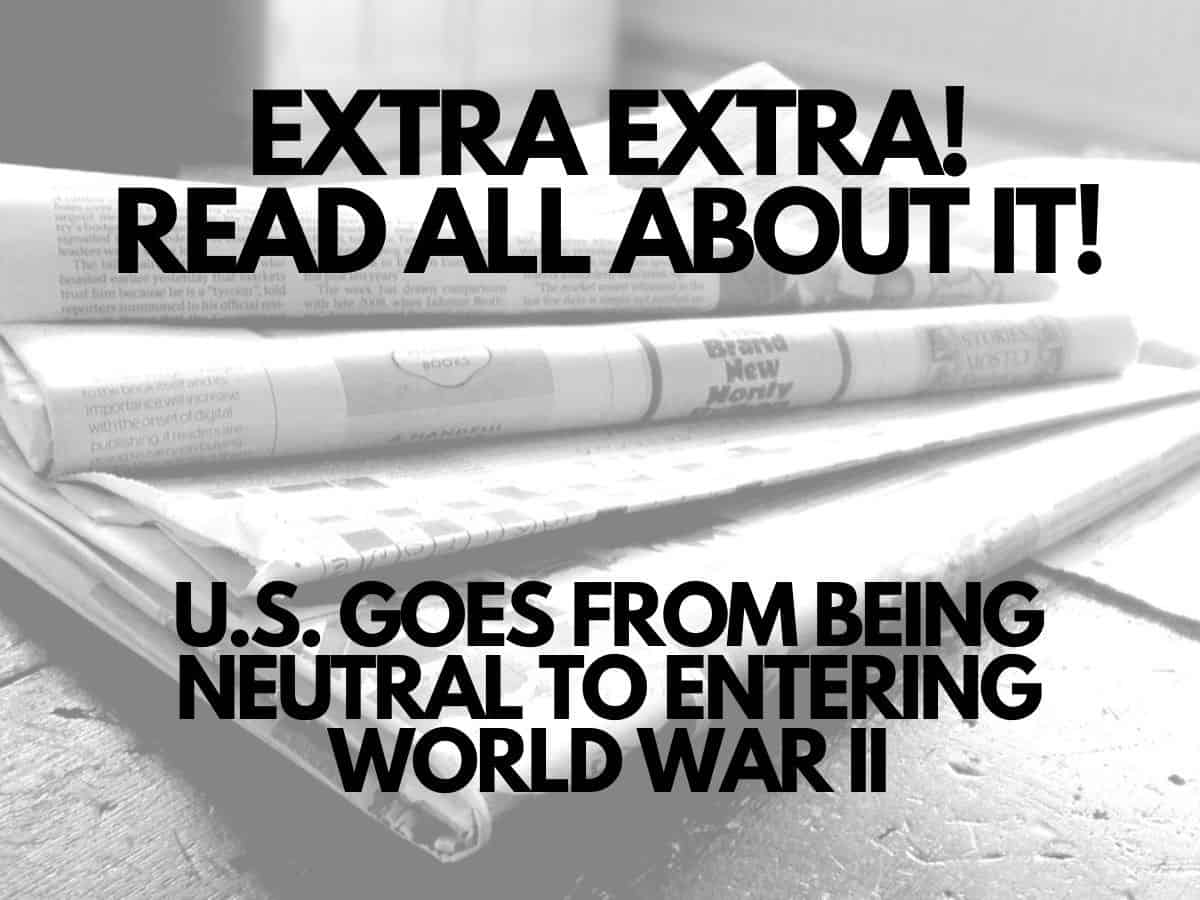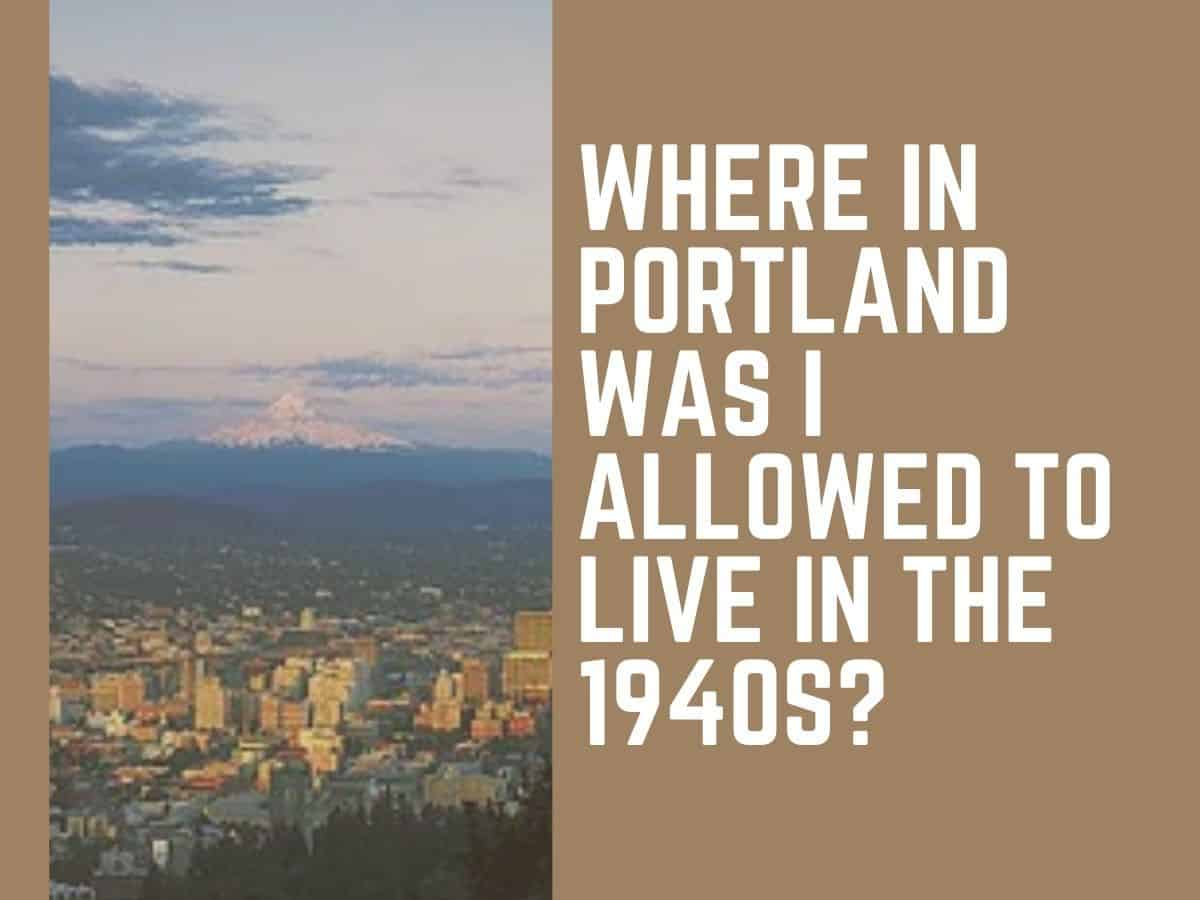Students and their Resiliency
2020, a year riddled with unexpected twists and turns. A year where anyone who could be at home was at home. People complained. People adapted. Just like for many adults, kids also experienced 2020’s unpredictability. However, unlike adults, they had less control over their 2020 situation. The school was now distance learning. Classrooms were now on Google Meets or Zoom. Desks, now replaced with little tiny squares on a screen. And yet, the students are patient, willing, waiting to learn, to be taught.
The significant part about youth is their incredible ability to adapt and their resiliency. Students are probably more mature than they were one year ago. Their growth was stemming from the push into the uglies and struggles of the world. When the teacher loses their connection, the students patiently wait until the teacher is back. The students speak up (or type in the chat) to ask questions. They show up every morning. So, here they are. Learning online and seeking a connection that is less internet and more interpersonal. How do we teach our classes to educate, engage, and interact with them?
Adapting to the Digital World
Teaching 100% online is a big task. However, it does not mean that teachers need to reinvent the wheel. When teaching, the goals are to 1. Educate, 2. Engage, and 3. Interact. These goals do not change just because school is online. Adapting the lessons that have been previously done to the online setting is the first step. Below, the lessons highlight each of the goals in the online and digital space.
In Sailing Through the History of Hawai’i, the lesson covers the U.S. annexation of Hawai’i. The lesson is geared with the intent to educate the students about U.S. expansionism and imperialism. The lesson allows the students to engage in how Hawai’i became a state of the United States by first having students watch a video and then receiving a lecture regarding the topic. Then, the students will review both the video and lecture through the interactive Google Slides. The interactive Google Slides has the students focus on the three main actors during Hawai’i’s annexation: native Hawai’ians, the missionaries, and the U.S. government.
In “Tell Them About the Dream, Martin,” the lesson sought to educate the students about Dr. King and the Civil Rights Movement. The idea was to have students engage in historical documents to engage in the lecture’s content actively. Specifically, this lesson was geared towards the Civil Rights Movement, and Dr. Martin Luther King Jr… The students will use a NearPod to read or interpret a photo. The intent is to have students critically think by interacting with different historical documents (letters, writings, photos) and assess their purpose and what it means to the time period.
Lastly, in Extra, Extra: Read All About It!, the lesson focused on allowing the students to engage and interact with the content. When the students can interact with the material, they are more likely to conceptualize the content. This assignment geared to have the students create a Newspaper that included 4+ articles regarding the United States’ policy of neutrality during World War II and its subsequent entrance to World War II. The assignment blended creativity and synthesis. The students used the given photos (based on the topic) and wrote about what they had learned. Allowing the students to manipulate the content and material through their own words supports the students’ ability to synthesize and process the information to remember.






